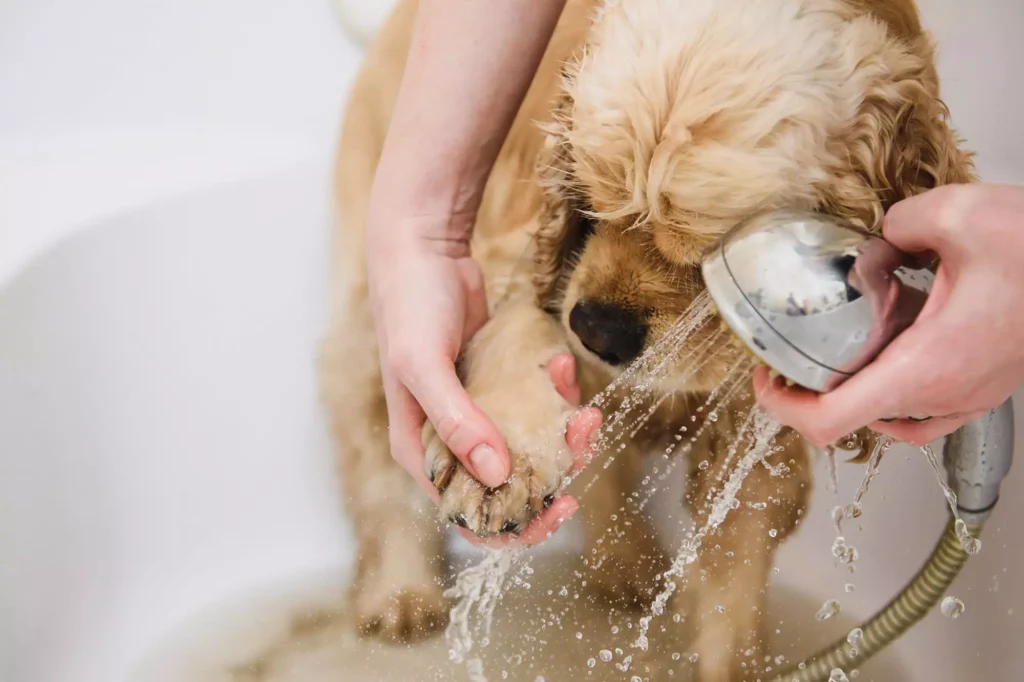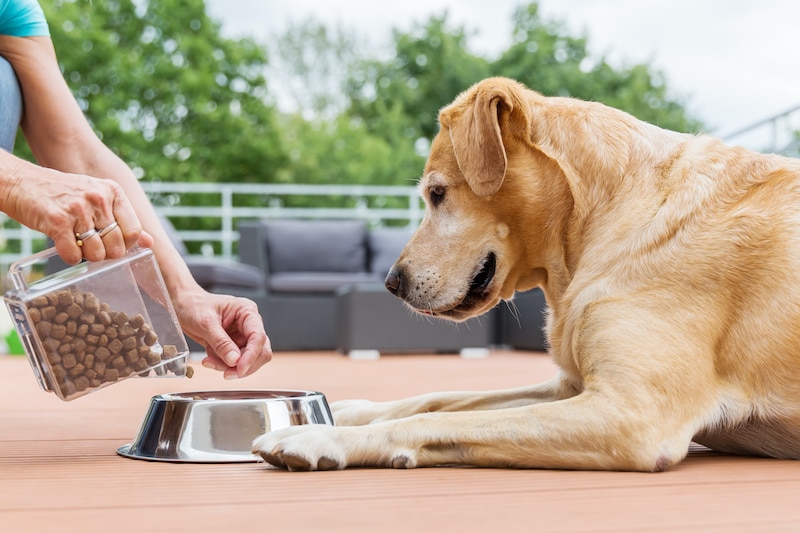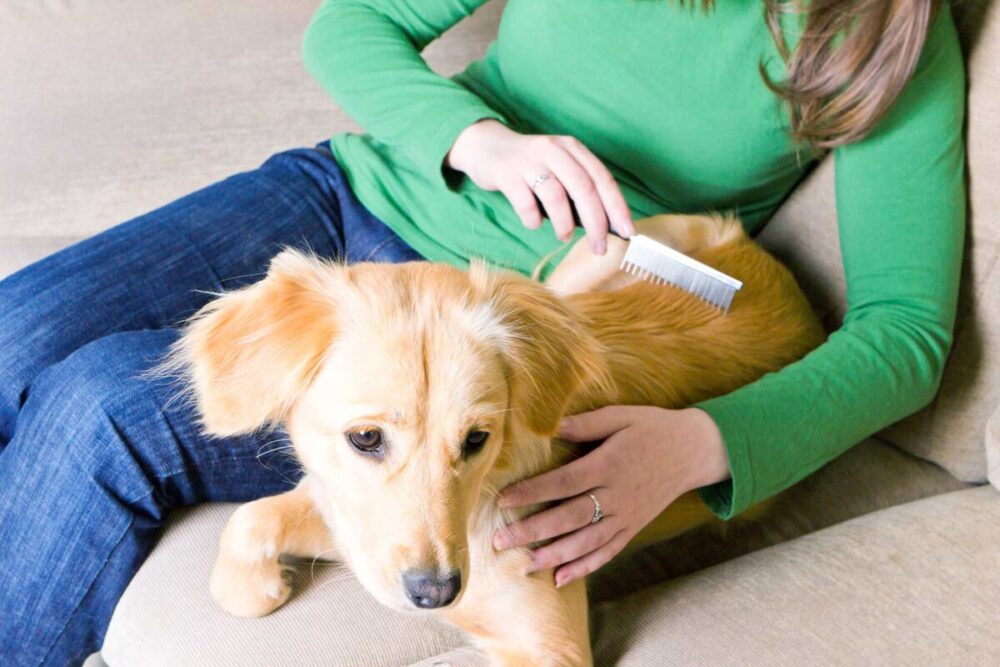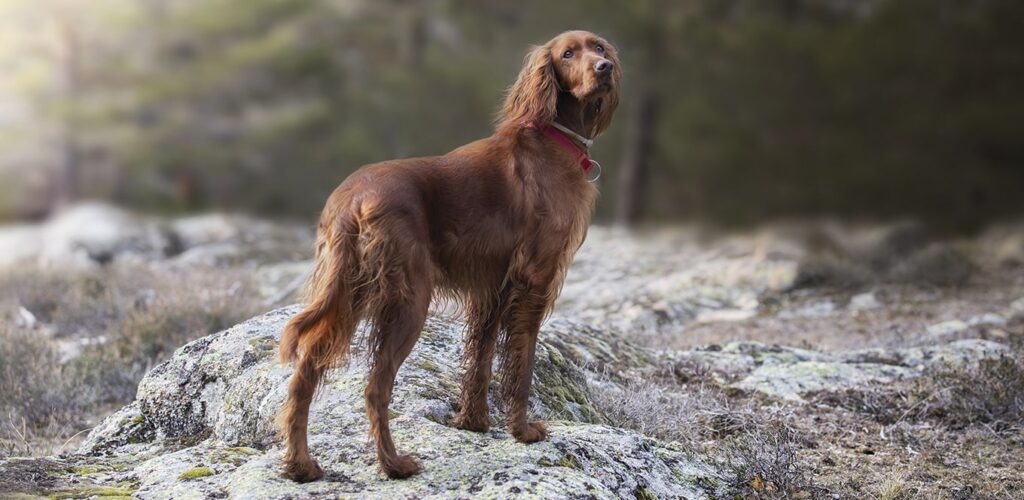A pet’s coat always reflects its health condition. Skin and coat problems may be signs of illnesses that can result in alopecia, dandruff, redness, and skin breakouts. There are several ways to prevent coat problems, and the right food is the best solution, especially if its production is based on the unique formula: 80% balanced nutrition + 20% pet care = 100% result.
A complete and balanced diet prescribed by a specialist is the foundation of health and long active life for any pet. It’s possible to improve skin and coat with the right nutrition, and dog coat and skin care products https://www.superiorcare.pet/.
They are based on natural ingredients and are essential for this purpose. Due to these products, your pet gets all the right nutrients in the right proportions and amounts.
Understanding the Anatomy of a Dog’s Skin and Coat
Skin is the barrier that protects your dog from environmental damage and ensures sun protection. It’s made up of two structures: the skin itself and derivative elements, such as hair, glands, etc.
Dog skin comprises 3 layers:
- The top layer is the epidermis. It serves as a barrier to aggressive factors of the environment.
- The middle layer is the dermis. It gives skin elasticity and firmness.
- The bottom layer is the hypodermis. It’s characterized by a large number of fat cells and provides thermal insulation.
Only the dermis and hypodermis contain blood vessels and nerve cells. Nerve endings perceive information from the external environment and transmit it.
A dog’s hair follicles are grouped together in groups consisting of the longest (primary) hair surrounded by thinner and shorter secondary hairs.
The density of the coat depends on the age and breed of the dog. The softer the coat, the thicker it is.
The coloring of the dog coat is genetically determined by the dominance of one color over another or several other colors. This explains the range of colors and the specific variety of markings in some breeds.
Common Skin and Coat Problems in Dogs
One possible skin and coat problem is damage or breakdown of the protective biofilm on a dog’s skin. It is formed by skin secretions that protect the skin from environmental damage. Normally, this biofilm is protected by beneficial bacteria that help prevent the growth of “harmful” bacteria that cause irritation or other problems.
Some breeds are prone to specific skin conditions. Dogs with deep skin folds sometimes have inflammatory conditions because bacteria can accumulate in the folds. Small dogs often have sensitive skin. They are at a higher risk of hair loss, brittleness, or reduced color intensity.
5 Tips for Protecting Your Dog’s Skin and Coat

Source: dailypaws.com
A great deal of care should be taken to avoid coat and skin problems of your dog:
- Shampoos and conditioners have to be used at the same time to clean and help restore skin structure and color. Don’t forget about the 3-steps bathing system which includes the cleaning itself, adding a function, and fixation of your pet’s coat
- Regular water treatments at intervals and grooming of one or two times a month
- A conditioner or hair stabilizer after bathing allows the hair follicles to receive vitamins and facilitates easy combing
- Combing in a clean environment after bathing is important. For long-haired breeds, it is done in small tufts, gradually working its way up to the roots. Owners of short-haired breeds need to pay attention to the hair behind the ears, under the neck, the thick tufts on hind legs and areas where hair is longer and can bunch up and dislodge
- Daily brushing with grooming tools, like Tauro Pro Line brushes and combs, helps remove dirt and dead hair from the hair after each walk, and it improves circulation by gently massaging the hair with the brush.
However, perfect results are only possible with a complex approach. It’s important not only to properly care for the pet, but also to take care of nutrition.
Product Recommendations for Protecting Your Dog’s Skin and Coat
The right food helps your dog’s skin to perform its protective functions effectively. The diet should contain all essential nutrients.
Your dog needs protein for healthy skin and coat. It should be easily digestible and come from the highest-quality sources, like fish and meat. This makes it easier for the gastrointestinal tract to digest and absorb protein. Polyunsaturated fatty acids also support healthy skin and coat. If your dog’s diet contains enough Omega-3 and -6 fatty acids, it will reduce the chances of itchy and irritated skin.
Vitamins A, B, and D help protect the body from adverse external factors, and the addition of zinc stimulates normal skin cell function. Copper helps maintain color saturation.
However, a healthy diet isn’t the only thing to protect your dog’s skin and coat. To make your pet’s fur softer, you should also consider regular grooming and bathing.

Source: stopmydogshedding.com
Conclusion
A shiny and well-groomed coat of a dog reflects the excellent condition of the animal, the love and care of the owner. By dedicating a few minutes per day to taking care of the pet’s appearance, the owner establishes a bond of trust with the pet, facilitating and improving its condition, and making their relationship harmonious.
You can also buy dense protective clothing and the right food with no unhealthy chemicals to take extra care of your pet’s well-being.




























